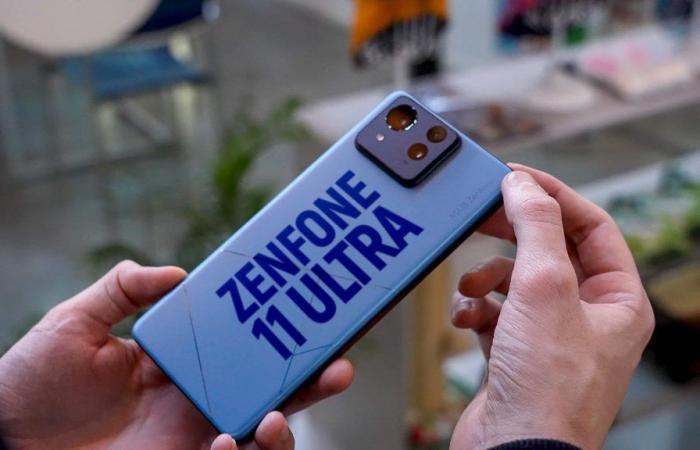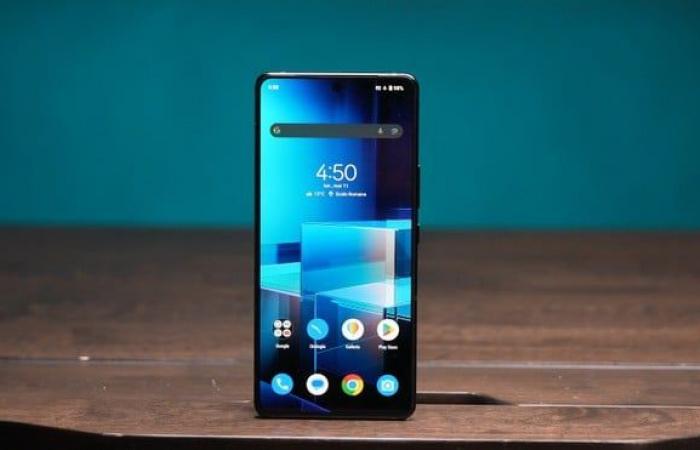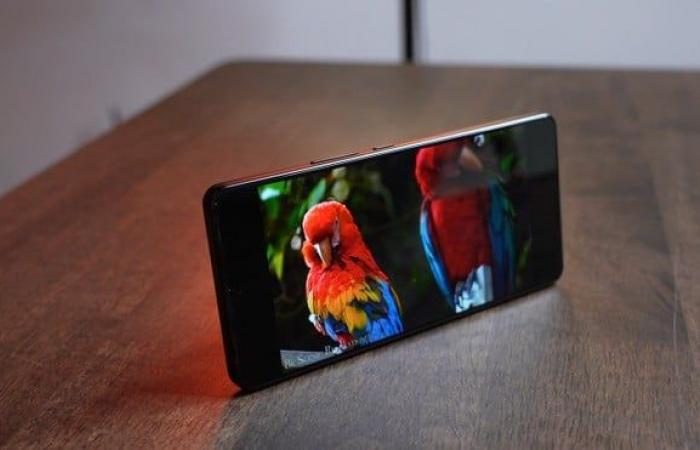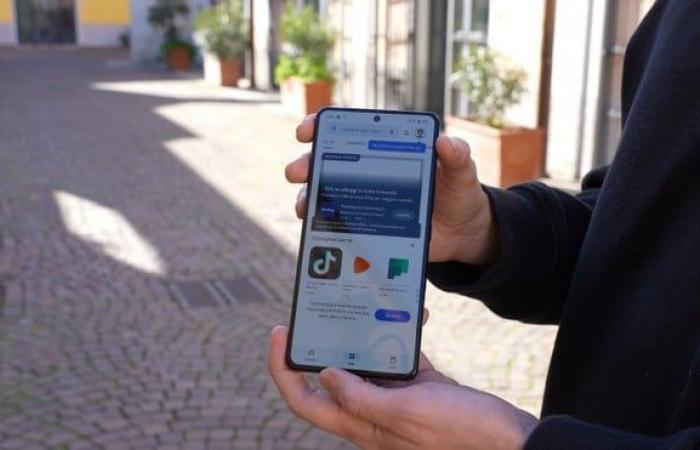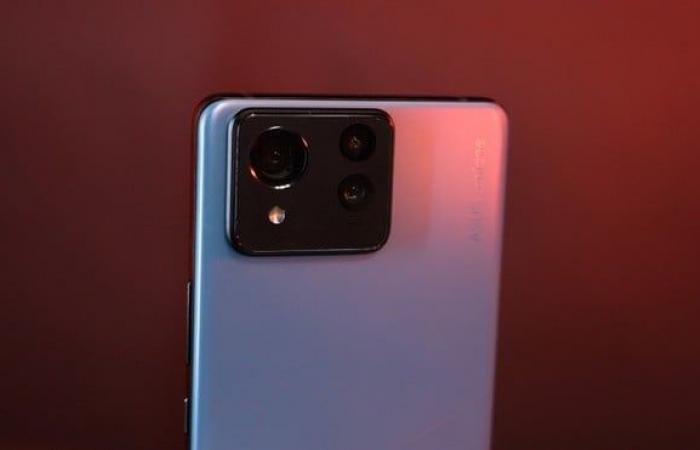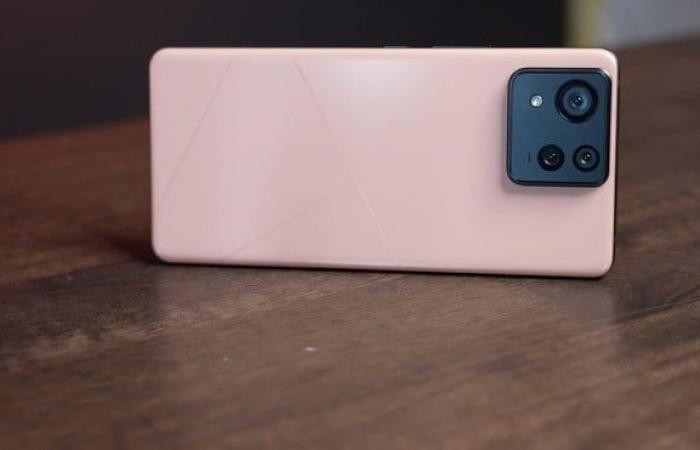Officially launched on the global market, the ASUS Zenfone 11 Ultra is the Taiwanese manufacturer’s newest bet in the high-end smartphone segment. The device brings a new design language and powerful specifications.
We can cite as some examples the presence of the Qualcomm Snapdragon 8 Gen 3 chipset, the AMOLED LTPO screen and also the generous 5,500 mAh battery.
Will this device do well against members of the Galaxy S24, Xiaomi 14 and other Android flagships? Or is he just an old acquaintance with a new name?
Scroll down the page to learn a little more about ASUS’s new bet.
Design and construction
The ASUS Zenfone 11 Ultra can be defined as just a twin brother of the ASUS ROG Phone 8 gaming cell phone. This is because they adopt the same design language, with small modifications so that no one can say that they are exactly the same.
The Zenfone 11 Ultra stands out for having an aluminum construction with a matte glass finish on the back. In addition, there is also IP68 certification against water and dust.
It is possible to notice that the biggest difference between the devices is in the camera module, which in the Zenfone 11 Ultra is less prominent. Of course, this approach also shows that ASUS has given up on the idea of doing something very different in the high-end segment.
This is because the Zenfone 10 was a compact smartphone, with a unique design and which had several qualities. See the gallery below for a comparison between the three devices.
The available colors are blue, black, gray and a very elegant sand tone. The fingerprint reader is integrated into the display and, in initial tests, it proved to be quite responsive.
In addition, we also have support for facial recognition, if you want something more agile, giving up some security.
In the box, ASUS sends a charging cable, chip drawer removal pin and case for the smartphone. In this generation, there is no charger included.
Screen and hardware
The Zenfone 11 Ultra was launched with a 6.78-inch AMOLED LTPO panel, which has FHD+ resolution and a rate of up to 144 Hz.
One of the main advantages is that this display is capable of reducing the refresh rate to just 1 Hz as a way to save battery. It also guarantees Always On Display mode, support for HDR10 and is protected by Gorilla Glass Victus glass.
In terms of color calibration, we have nothing to complain about. The maximum brightness of up to 2,500 nits is also something that helps a lot when viewing content outdoors.
An interesting detail is that we have the virtual notification LED here, which lights up in the top corner of the screen and indicates that you have an unread message on WhatsApp, for example.
In multimedia, as expected, the ASUS smartphone offers stereo sound with good definition between mids and highs, and the volume level is high. Wired headphone lovers will also be happy to know that the cell phone has a P2 port.
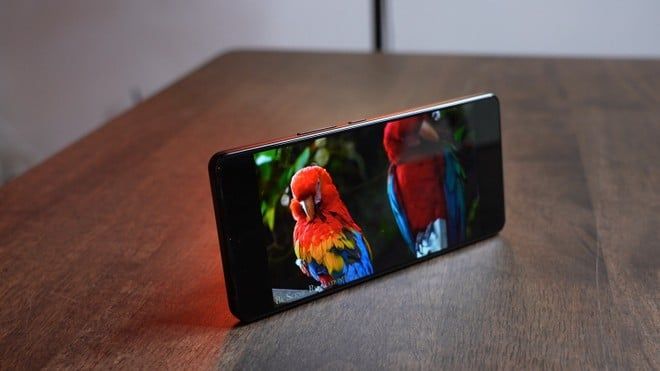
To guarantee performance worthy of a 2024 top of the line, the Zenfone 11 Ultra has a Qualcomm Snapdragon 8 Gen 3 chipset. It works in conjunction with up to 16 GB of RAM and up to 512 GB of internal storage.
As we know, this is the best processor available on the Android market today. Therefore, on this smartphone it is possible to run all games from the Play Store without performance problems. In connectivity, we have native 5G in dual-SIM, Wi-Fi 7, Bluetooth 5.4 and NFC for contactless payments.
Announced with a 5,500 mAh capacity battery, the Zenfone 11 Ultra has the same component as the ROG Phone 8. Therefore, we have good autonomy here of up to two days away from the socket in those scenarios where you use the smartphone for social networks, messengers and casual games .
Fast charging is 65W and guarantees that it goes from zero to 100% in just 39 minutes wired. In wireless mode, 15W is compatible.
ASUS Zenfone 11 Ultra
- 6.78-inch AMOLED screen, with Full HD+ resolution
- Display with hole and refresh rate of up to 144 Hz
- Qualcomm Snapdragon 8 Gen 3 Platform
- 12GB or 16GB RAM
- 256GB or 512GB of internal storage
- 32 MP front camera
- Triple rear camera:
- 50 MP main sensor
- 13MP ultrawide sensor
- 32 MP telephoto sensor with 3x optical zoom
- 5,500 mAh battery with 65W fast charging
- 5G connectivity, Wi-Fi 7, Bluetooth 5.4, USB-C port, P2 headphone jack and IP68 certification
- Android 14 operating system
Software
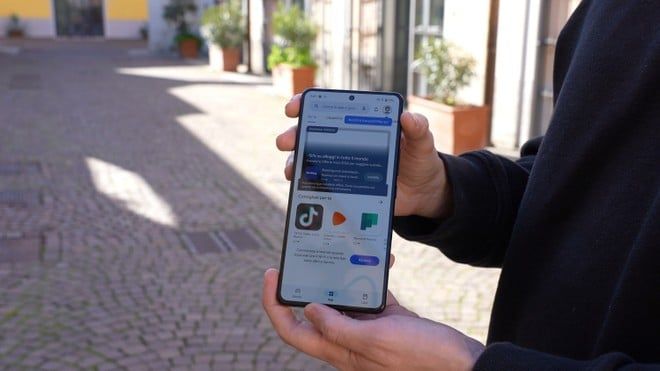
The Zenfone 11 Ultra comes out of the box with Android 14 running underneath ASUS’ proprietary interface, which is barely modified.
Currently, the Taiwanese manufacturer has focused more on offering features that impact the user’s daily life. Therefore, we have some welcome customization options here and even the ROG Phone 8 game menus.
Another positive point is the feature that allows you to block applications with a password, fingerprint reader or facial recognition. This is a feature that is extremely useful for you to have more privacy.
ASUS also highlights that the smartphone already has some features based on Artificial Intelligence, such as call transcription, to name just one example. However, new features should arrive in future updates.
The only annoying point about the software is that ASUS has an update policy that is far from what Samsung and Google have offered. The company only guarantees 2 major Android updates and four extra years of security packages.
This makes the device reach Android 16, which is a shame when it comes to a high-end cell phone.
Cameras
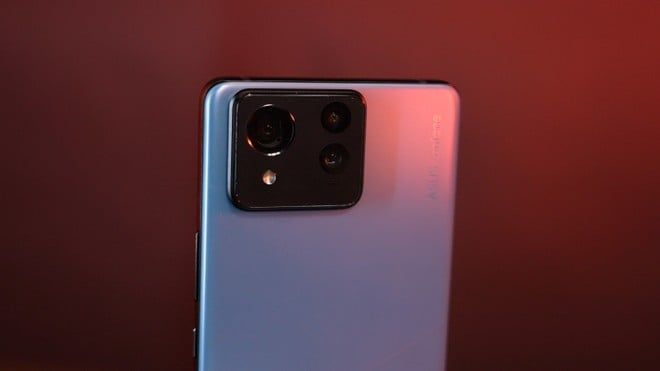
The ASUS Zenfone 11 Ultra was launched with a 50 MP main sensor, which has optical image stabilization (OIS).
The ultrawide sensor is 13 MP, with a viewing angle of 120 degrees, and there is also a 32 MP telephoto with 3 times optical zoom (OIS).
In general, we have good photos in ideal environments. That is, in open places, with good solar or artificial lighting. There is good registration of details and colors, but the ASUS algorithm tends to make things a bit artificial in some scenarios.
The same can be said about the ultrawide sensor, which presents small distortions at the edges of the images, but nothing very serious. The telephoto does its job well, but when it leaves the optical zoom you start to see the loss of quality.
In night recordings, all sensors perform well, with some apparent noise depending on the lighting. The recorder films in 4K at 60 frames and the stabilization is great for reducing the natural shakiness of the footage.
Finally, the front camera has 32 MP and can take good records without abusing the use of software to correct the user’s skin tone. In other words, you will have decent images to post on social media.
First impressions
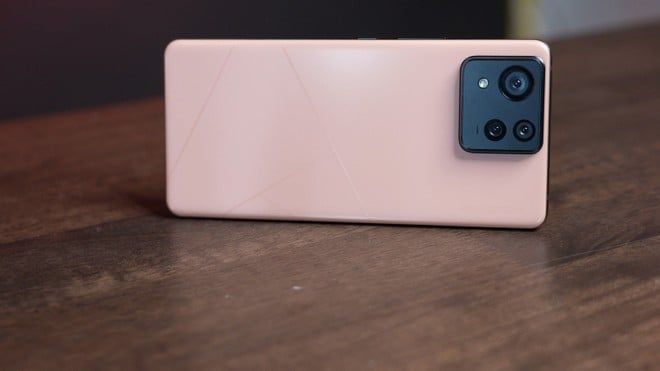
The Zenfone 11 Ultra is a good smartphone, but its launch has the potential to leave the ASUS catalog somewhat confusing for some unsuspecting users. This is because as the Zenfone 11 Ultra is basically the ROG Phone 8 without the gamer elements, many people may end up choosing the latter.
Let me explain: even though the ROG Phone 8 is a little more expensive, with it you take home a better cooling system, 165 Hz refresh rate, an extra USB-C port and the same set of hardware and software.
Therefore, the ROG Phone 8 will clearly end up “cannibalizing” the sales of the Zenfone 11 Ultra, since their price difference, at least abroad, is relatively small.
Not to mention that the design of both is basically the same, since only the ROG Phone 8 Pro has an external screen on the back. Perhaps the Zenfone 11 Ultra will only become more attractive when its price drops.
It was launched in Europe starting at 999 euros, which is approximately R$5,425, but the ROG Phone 8 costs just 100 euros more. In other words, 1,099 euros, approximately R$5,960.
As you can see, the difference is very little. But, in short, the Zenfone 11 Ultra is, yes, a good smartphone. It has top-of-the-line hardware and everything a cell phone in this category requires in 2024.
However, its biggest competitor is not the Galaxy S24 or Xiaomi 14, but the ROG Phone 8. As expected, there is still no date for the launch of the Zenfone 11 Ultra in Brazil.
The Asus Zenfone 11 Ultra is not yet available in Brazilian stores. To be notified when it arrives.
Tags: ASUS Zenfone Ultra adopts design premium elements catch HandsOn Video
--
